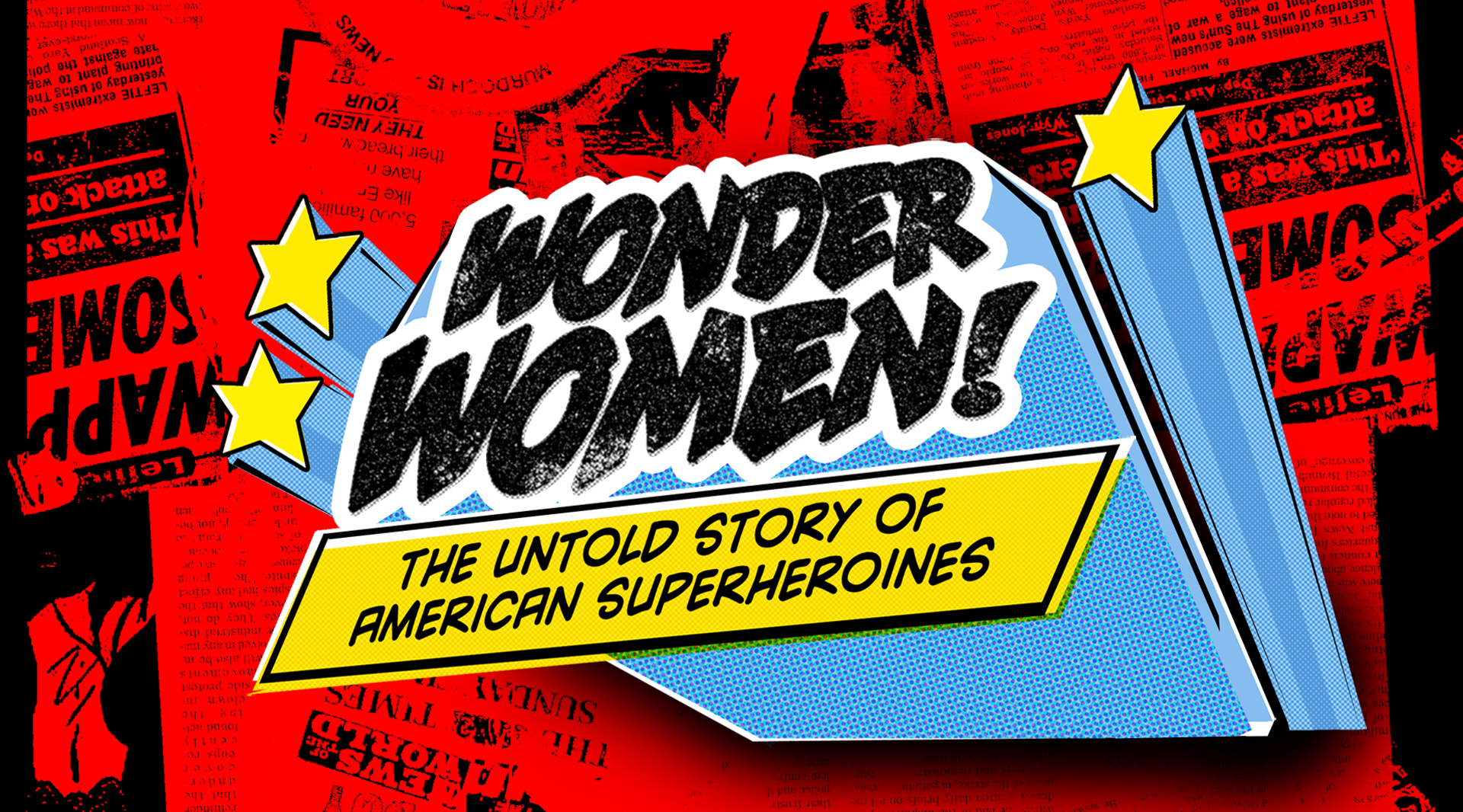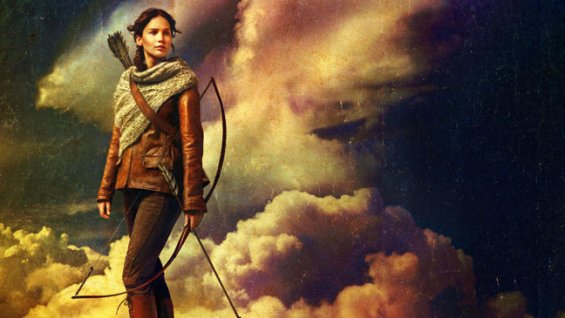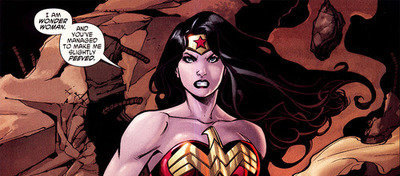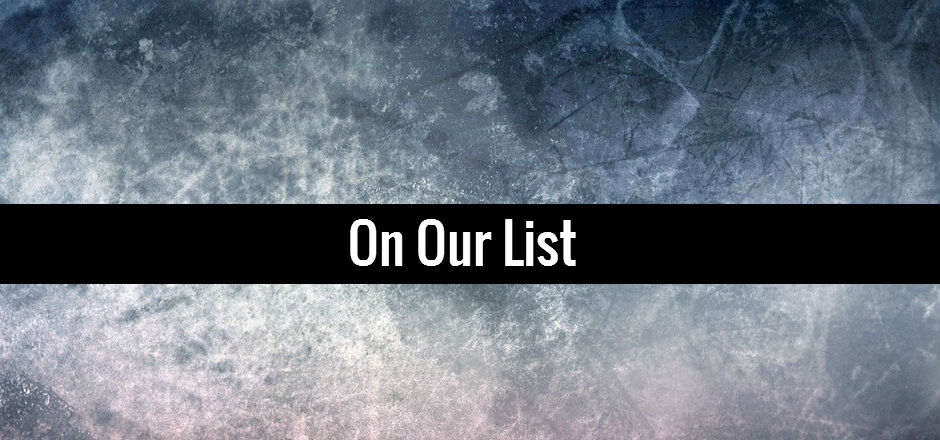I was born an American, and I’ve been proud of that for as long as I can remember. I’m not sure if it’s because my birthday is so close to our national Independence Day or for some more abstract reason I can’t remember, but for many years, my country has represented – to me – a certain set of values:
Independence. Diversity. Unity.
These are traits that not all people associate with the U.S., but for many, they represent the ideals we strive to achieve, and that is apparent in the story of many comic book superheroes. Captain America, Superman, and Wonder Woman epitomize this trend. While it’s pretty easy to see how Captain America fits in, it’s not much of a stretch for the other two fit in, either: Superman has traditionally fought for Truth, Justice, and the American Way, and Wonder Woman’s red and star-spangled blue outfit – and Diana Prince’s secret identity as a U.S. military nurse fighting Axis powers during WWII – are pretty patriotic as well.
While we spend plenty of time talking about the American Superhero – this summer alone will see Iron Man 3, Man of Steel, and The Wolverine – we rarely talk about his counterpart and equal, the American Superheroine. A 2012 documentary from director Kristy Guevara-Flanagan and producer Kelcey Edwards steps up to address this empty space in pop culture and takes viewers behind the scenes, revealing the true history of the American Superheroine:
WONDER WOMEN! THE UNTOLD STORY OF AMERICAN SUPERHEROINES traces the fascinating evolution and legacy of Wonder Woman. From the birth of the comic book superheroine in the 1940s to the blockbusters of today, WONDER WOMEN! looks at how popular representations of powerful women often reflect society’s anxieties about women’s liberation.
WONDER WOMEN! goes behind the scenes with Lynda Carter, Lindsay Wagner, comic writers and artists, and real-life superheroines such as Gloria Steinem, Kathleen Hanna and others, who offer an enlightening and entertaining counterpoint to the male-dominated superhero genre.
Wonder Women! aired on PBS in April 2013, and you can currently play a game on the PBS website called Wonder City that accompanies the documentary and helps players to think critically about gender, power, and pop culture.
But though women like Guevara-Flanagan and Edwards have taken steps to define and showcase the American Superheroine, her picture still isn’t very clear. Is she Wonder Woman, an Amazon whose strength, intelligence, and beauty means she needs no one – especially a man? Is she more like Catwoman, who uses her sexuality as strength?
It’s 2013, and we’re changing into an America in which strong women can be found in other forms of entertainment beyond comic books. An American girl has so many options for women to idolize, women who are American either by nationality or by the nationality of their creators.
You can find many of these heroines just by turning on the television. Have you met Olivia Pope, a DC lawyer? Buffy Summers, the all-American vampire slayer? How about Ziva David, one of the few naturalized Americans on TV? Or another federal agent, Olivia Dunham?
The list of American book heroines goes on and on, especially in Young Adult – The Hunger Games‘ Katniss Everdeen, Divergent‘s Tris Prior, and Legend‘s June Iparis are heroines of dystopian futuristic versions of the U.S. while classic fantasy heroines Alanna the Lioness, Daine Sarrasri, and Keladry of Mindelan were created by American author Tamora Pierce.
In this issue of Girls in Capes, you’ll find not only articles on iconic American superheroines, but examinations of America in geek culture from historical YA novels to some of our favorite anime.
American Superheroines don’t have to be far and few between. Tell us about your American Superheroine in the comments below.
Feliza Casano is the founder and editor in chief of Girls in Capes and writes for all sections of the web magazine. She writes for truth, justice, and the American Way. Follow her on Twitter @FelizaCasano.






